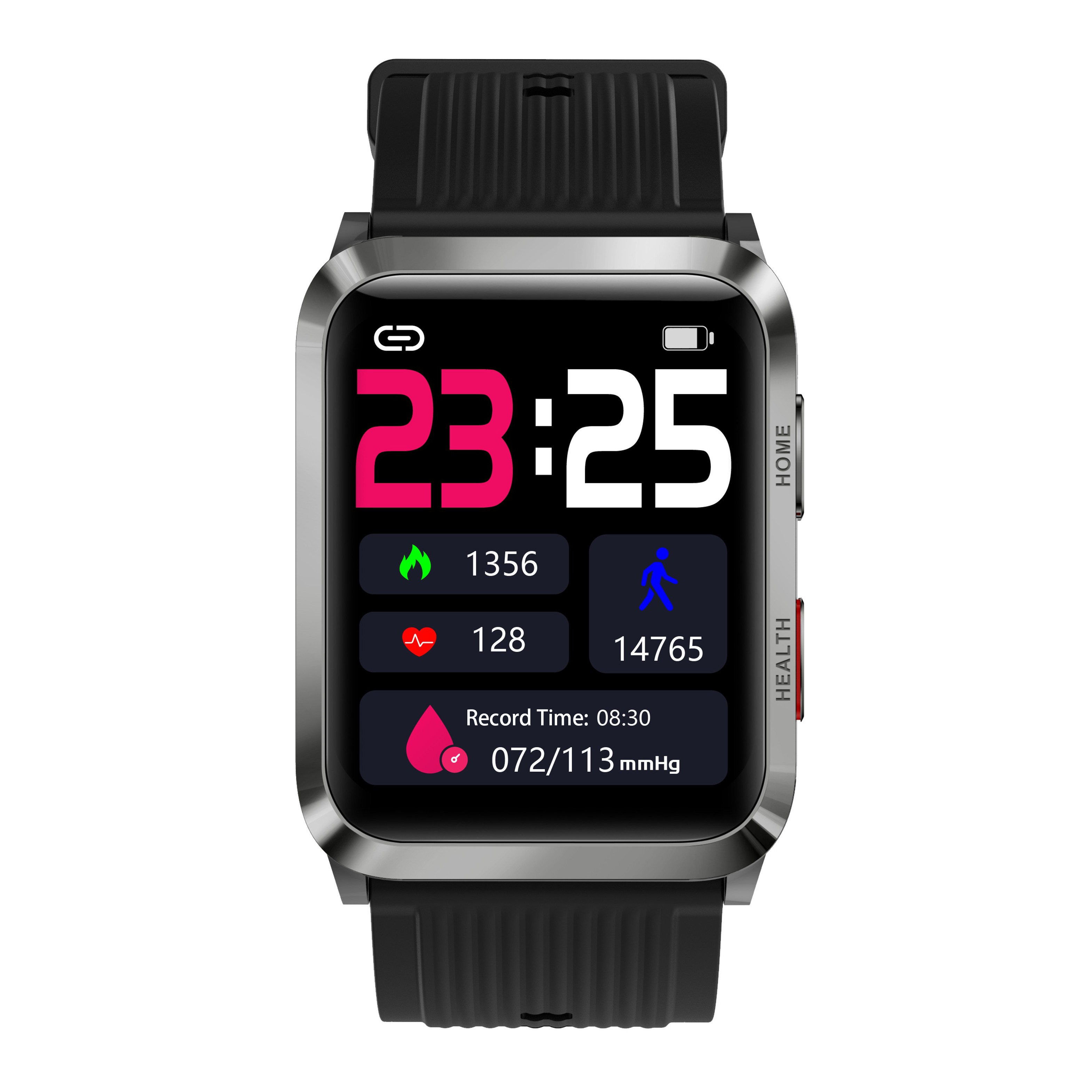Breathing Correctly: Long-distance Running Will Be Not Tiring
Jun 08, 2023
Affordable Smart Watch
Many runners have such confusion. The speed of the same distance is almost the same. Why do some people finish the run calmly, while others are out of breath halfway through the run. In fact, in addition to the difference in physical fitness, correct breathing is a very important factor if you want to run long distances without panting or getting tired.
When running, in order to provide energy for the body, you need to breathe at a faster rate, allowing more oxygen to enter the lungs, blood, and then into the tissues, and the runner's breathing rate will also increase from 15 to 40 to 60 breaths per minute . Muscles need oxygen to work, and better breathing allows more oxygen to flow to the muscles, keeping them from tensing. This means that controlling your breathing can lower your heart rate, which in turn reduces the level of fatigue in your body. Breathing correctly while running can improve running efficiency. The following scientific breathing methods are recommended for running enthusiasts:
Abdominal breathing
Do abdominal breathing exercises to prepare yourself for proper breathing techniques while running. If you are not used to breathing with the diaphragm, you will not be able to breathe with the diaphragm while running, which will lead to shallow breathing. Several times a day, place your hands on your belly, inhale through your nose, focus on expanding your belly, and exhale through your mouth.
Cell division respiration
When breathing, inhale through the nose and exhale through the mouth. Keep your running at a pace where you barely need to open your mouth and breathe only through your nose. Breathe through your nose and start running, and slowly accelerate until you almost have to open your mouth to breathe. This speed is the running speed corresponding to the cell division breathing method. The rhythm of nose breathing should be four steps, one inhalation, four steps and one exhalation: first run four steps to inhale, that is, "inhale, inhale, inhale, inhale", and then run four steps to exhale, that is, "exhale, exhale, Exhale, exhale." If you notice yourself tending to inhale aggressively through your mouth, it could be a sign that you're pushing yourself too hard.
Rhythmic breathing
When the foot lands on the ground, the impact force is 2 to 3 times the body weight. If the breath starts when the foot lands, the impact pressure is the largest. Keeping the same foot landing at the beginning of exhalation for a long time will easily lead to unilateral bifurcation, which may seriously cause injury. Apply the rhythmic breathing method—inhale in three steps, exhale in two steps, you will find that the landing feet corresponding to the initial stage of exhalation are alternated, and the impact on the body is also shared to both sides of the body. When the running speed is accelerated, it can also be changed to two steps, one inhalation, one step, one exhalation, or one step, one inhalation, and one step exhalation, so as to avoid the occurrence of bifurcation. However, if you want to completely avoid bifurcation, you must pay attention to warming up before exercise, do not exercise in a short time after meals, and properly replenish water during running.
Follow the "Talk Test" Breathing
If you're just starting to run for training or for relaxation, you should be at a conversational pace most of the time, which means talking to your partner while you run. At this speed, endurance can be gradually improved, and longer distances can be gradually run, and the breathing rhythm at this time is stable.
BP Smartwatch can monitor your running conditions, such as steps, speed, calories, etc., and can also track your breathing rate to help you find a suitable breathing method and achieve more efficient running.












